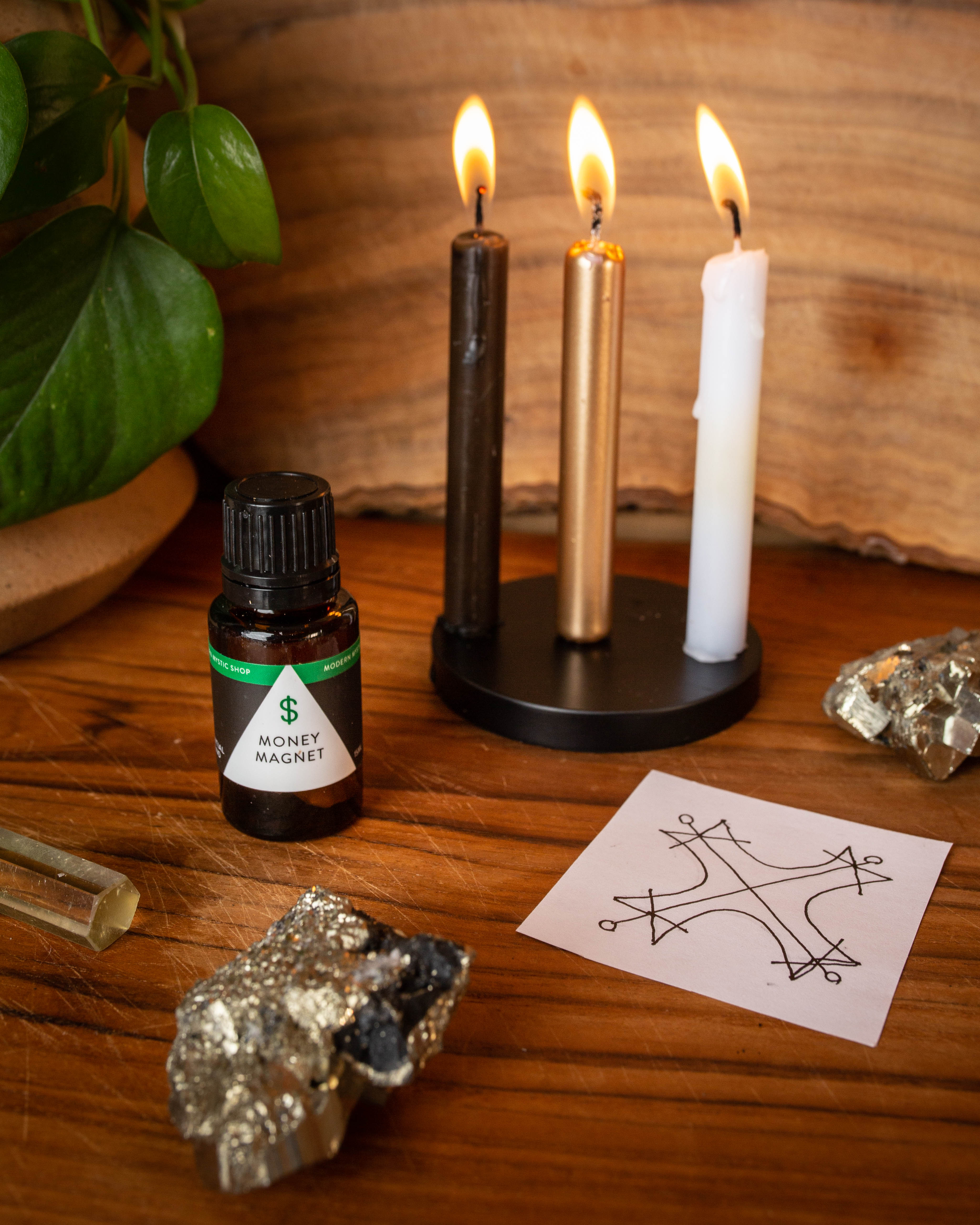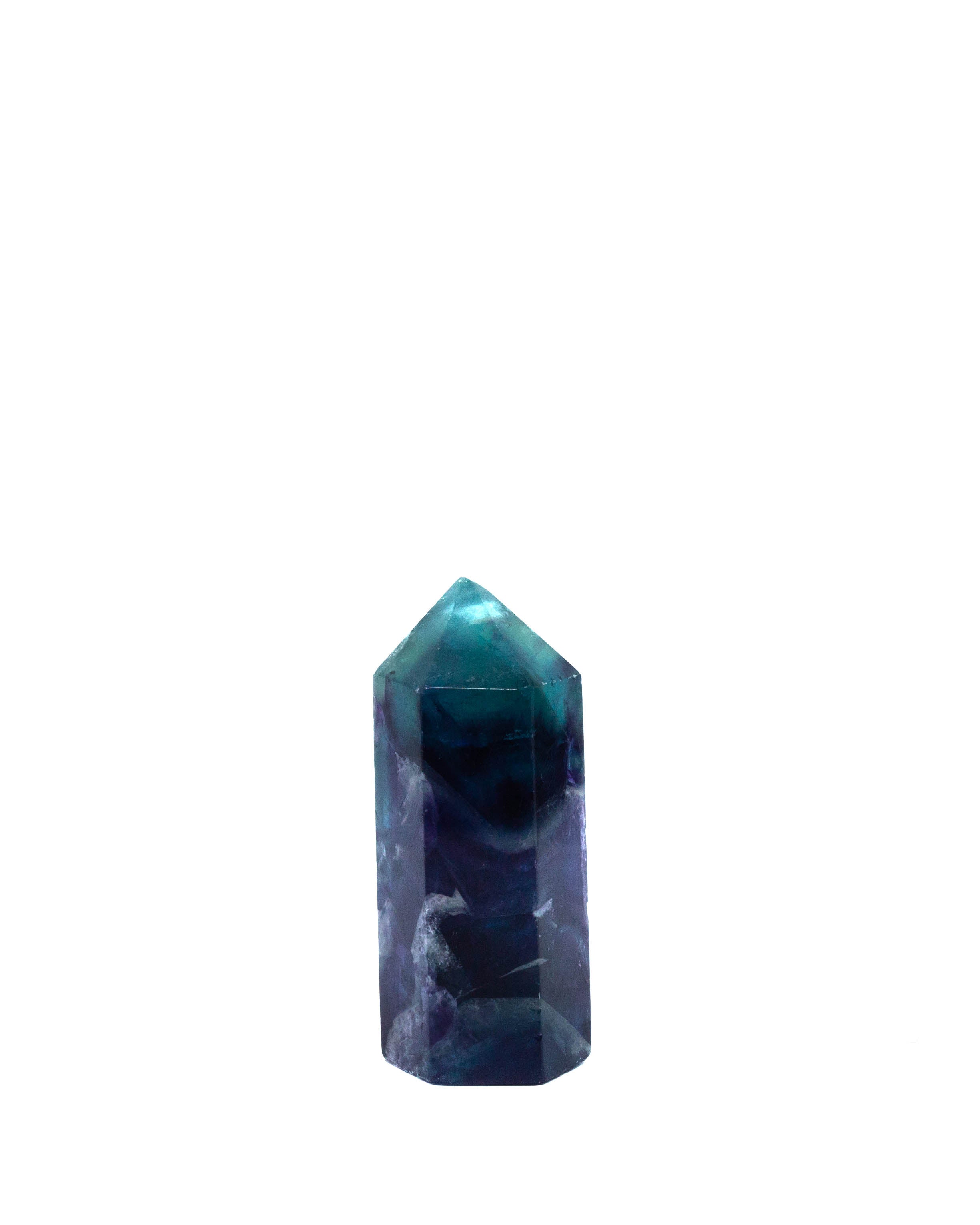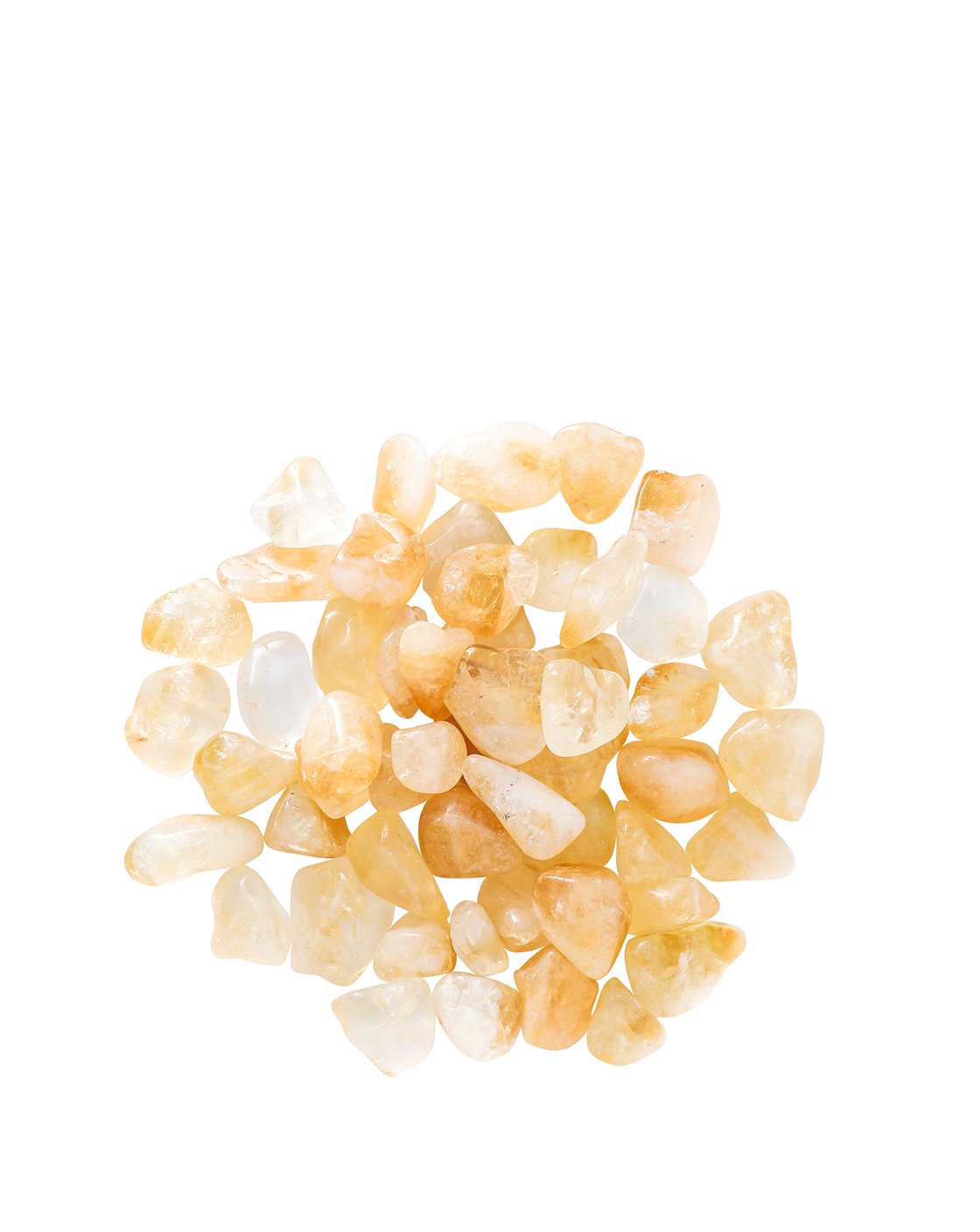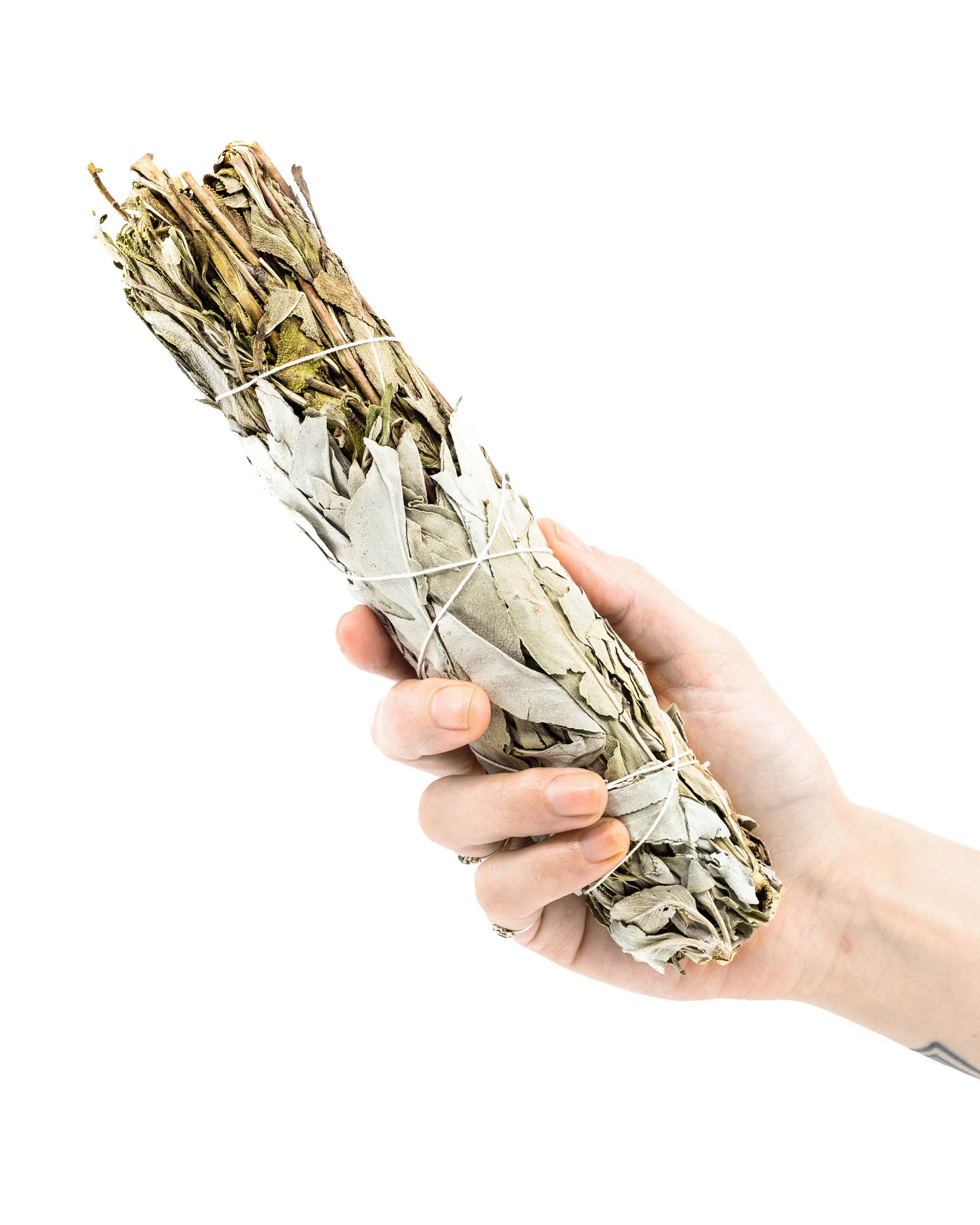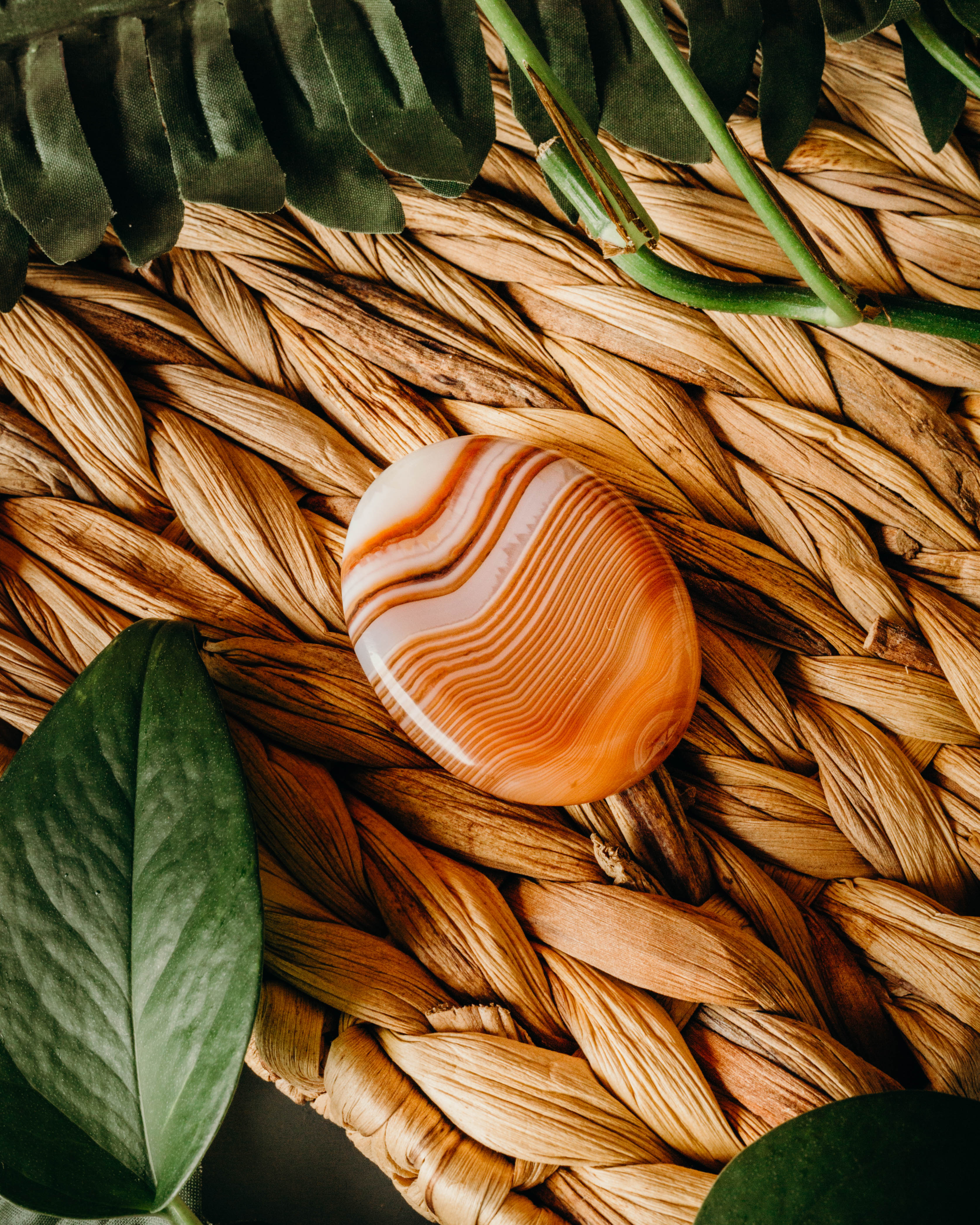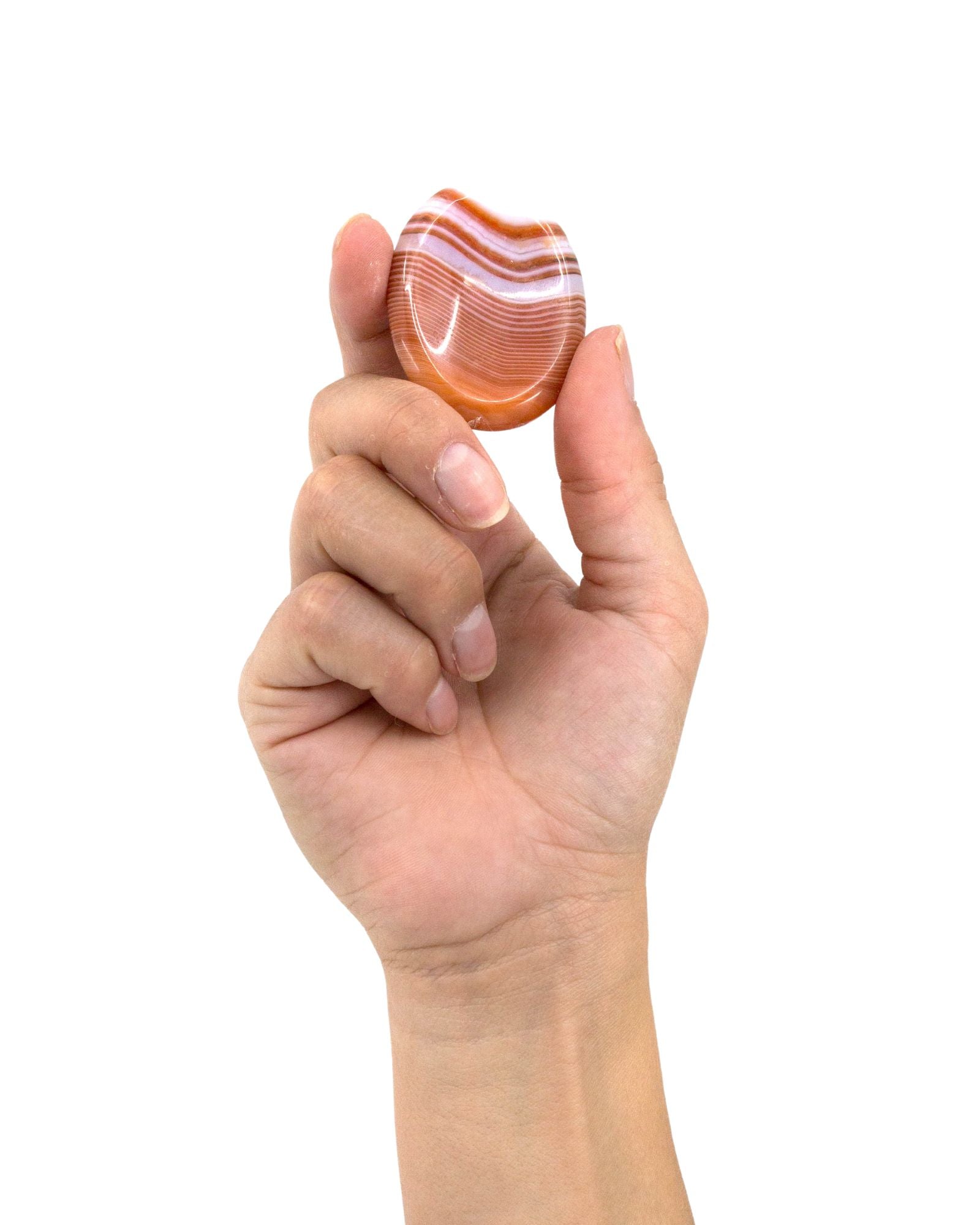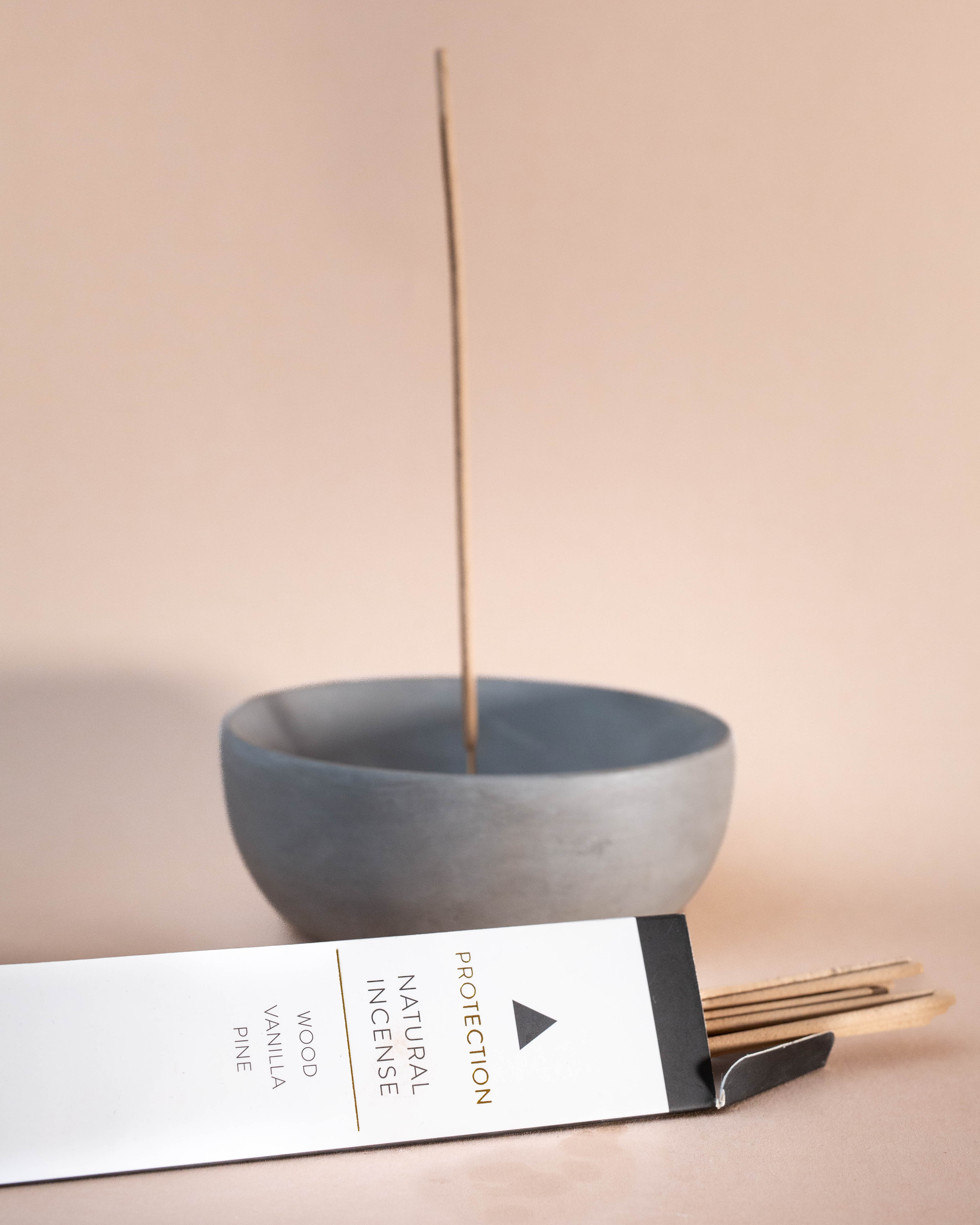
Essential Elements for Your Home Altar

Establishing an altar within your home establishes a sanctified haven dedicated to nurturing your spiritual journey, thereby fostering holistic well-being for your mind, body, and spirit. In this blog, we'll explore fundamental aspects of altar creation as part of a three part series.
Following this, we'll be posting a blog detailing how to enhance the power of your altar by harnessing the energy of the cardinal directions. Additionally, we'll provide some altar themes for those interested in expanding their altar collection or focusing on particular aspects.
Mind
An altar serves as a poignant reminder of the sacred essence within yourself. It can be likened to a catalyst, gently shifting your consciousness towards greater awareness and devotion to the profound depths of one's being. In short, an altar can alter your consciousness.
Body
In this context, "body" refers to your physical presence and experiences. While spirituality often delves into the intangible, an altar serves as a means to materialize the energies associated with your desires. In essence, we manifest our desires within the earthly realm, making it significant to embody them in tangible forms.
Spirit
Your altar space serves as a gateway to your highest self, connecting you with your higher power, ancestors, or chosen deities as you seek to cultivate deeper relationships. Designed as a sacred haven, it invites you to open yourself in devotion to all that holds significance, elevating your spirit and uplifting your vibration.
Basic Elements of an Altar
An Altar
Creating an altar doesn't require a formal wooden structure. In fact, repurposed pieces and simple flat surfaces can serve as perfectly suitable altar spaces, as long as they are treated with reverence. Examples of items that can be fashioned into altars include window sills, shoe boxes, small end tables, countertops, and similar surfaces.
Elemental Representation
For optimal energetic balance, it's recommended to incorporate representations of all four elements—air, earth, fire, and water—onto your altar. The effectiveness is heightened when these items hold personal significance to you. Below are examples of common items used, but you can do your own research to find what resonates with you and your practice.
A common representation of air on an altar is the use of a feather. A sword, knife or the ace of swords tarot card can also be used as it’s associated with the element of air. Incense, chimes or other objects that animate air with either sound or sight work best.
Crystals, rocks, soil, salt, flowers, and plants embody the essence of the earth element. The altar, too, serves as a manifestation of this element. Furthermore, the Ace of Pentacles tarot card can serve as a powerful representation in this context.
An altar candle stands as the elemental embodiment of fire, often kept alight by practitioners as a constant presence on their altars, where safety permits. Complementing this, a physical wand alongside the Ace of Wands tarot card signifies fire's essence. Incense, too, can evoke the fiery element in ritual practices and altar work.
Alongside elemental representations, consider adding other significant items that resonate with the intention of your altar.
For those seeking to deepen their practice, incorporating cardinal directions can infuse additional energy into your altar. Stay tuned for next week's edition, where we'll delve into this topic further!












